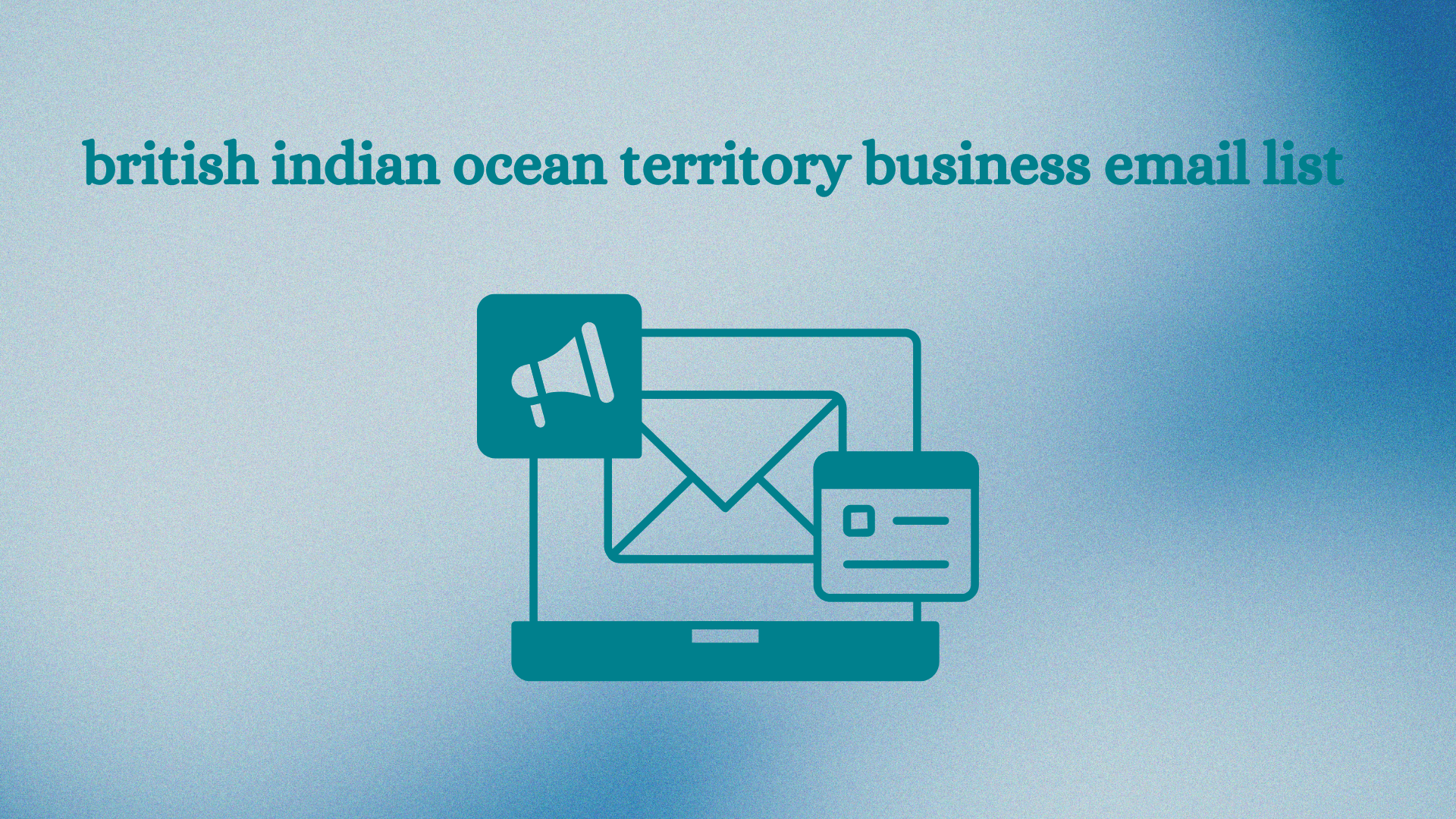Audience Analysis Report
An audience analysis report is essential to understanding who your customers are and how they interact with your brand. This report should include demographic, behavioral, and psychographic data.
Demographics
Information like age, gender, geographic location, and income level are crucial for segmenting your audience and personalizing your campaigns.
Behavioral Data
Here, you should analyze how users interact with your website, which pages they visit, how long they stay on each page, and what actions they take (such as clicking buttons or filling out forms).
Campaign Performance Report
This report is essential for evaluating the success of your marketing campaigns. It should detail metrics such as click-through rate (CTR), conversion rate, cost per acquisition (CPA), and return on investment (ROI).
Click-Through Rate (CTR)
CTR indicates how effective your ads are at capturing your audience’s attention. A high CTR suggests that your message is resonating with users.
Conversion Rate
Conversion rate shows how many users completed the desired action, such as making a purchase or signing up for a newsletter, relative to the total number of visitors.
SEO (Search Engine Optimization) Report
SEO reporting is vital to understanding how your website is performing british indian ocean territory business email list in search engines and identifying opportunities for improvement. This report should include metrics such as organic traffic, trending keywords, and backlinks.

Organic Traffic
This data shows how many visitors arrived at your site through unpaid search results. It is an indicator of how well your content is positioned in Google and other search engines.
Featured Keywords
Identifying the keywords that are driving the most traffic to your website allows you to further optimize your content and SEO strategies.
Social Media Report
A social media report provides a comprehensive overview of how your campaigns are performing on platforms like Facebook , Instagram, Twitter, and LinkedIn . It should include metrics like engagement, reach, and follower growth.
Engagement
Engagement measures how much users interact with your content, such as likes, comments, shares, and clicks. A high level of engagement indicates that your content is being well-received.
Scope
Reach shows how many people have seen your content. This metric is crucial to understanding your brand’s visibility on social media.
Email Marketing Report
Email marketing remains a powerful tool in a marketer’s arsenal. This report should include metrics like open rate, click-through rate, and conversion rate.
Opening Rate
Open rate indicates how many recipients opened your emails. It’s an important metric for evaluating the effectiveness of your subject lines and the relevance of your content to your audience.
Click Through Rate
Just like with advertising campaigns, the click-through rate in emails shows how many recipients clicked on the links within your email, indicating the level of interest in your content.
Return on Investment (ROI) Report
An ROI report is crucial for assessing the financial effectiveness of your marketing campaigns. It should detail how much you spent on each campaign and how much profit those campaigns generated.
Calculate ROI
To calculate ROI, use the formula: (Revenue - Cost) / Cost. This calculation helps you identify which campaigns are most profitable and where you should focus your resources in the future.
Competitive Analysis Report
Understanding your company’s position relative to its competitors is essential. A competitive analysis report should include information about your competitors’ online presence, marketing strategies, and social media performance.
Online Presence
Evaluate how your competitors are performing in terms of website traffic, SEO, and social media presence. This can provide valuable insights into where you can improve or innovate.
Marketing Strategies
Analyzing competitors’ marketing strategies helps you identify opportunities and threats in the market. This knowledge can inform your own strategies and campaigns.
Customer Satisfaction Report
Keeping customers happy is crucial to long-term success. A customer satisfaction report should include feedback from satisfaction surveys, product reviews, and analysis of social media comments.
Survey Feedback
Collecting direct feedback from customers through surveys allows you to better understand their needs and expectations, helping to adjust products and services.
Product Reviews
Analyzing product reviews can reveal trends and areas for improvement, as well as provide valuable insights for continuous improvement.
Conversion Analysis Report
The Conversion Analytics Report is essential for understanding the path users take before becoming customers. This report should map the entire customer journey, from the first touchpoint to the final conversion. Analyzing this path helps you identify bottlenecks in the sales funnel and optimize each stage to increase conversion rates.
Customer Journey Mapping
Customer journey mapping involves tracking every interaction a user has with your brand. This includes website visits, social media interactions, responses to email marketing campaigns, and more. Understanding this journey allows you to personalize the user experience and remove obstacles that may prevent conversion.
Content Analysis Report
The Content Analytics Report is essential for evaluating the effectiveness of the content you produce and distribute. This report should include metrics such as page views, dwell time, bounce rate, and social shares.
Engagement Metrics
Evaluating engagement metrics like time spent on a page and bounce rate can help you understand which content resonates most with your audience. Content that keeps users engaged for longer is indicative of relevance and quality, while high bounce rates may suggest that adjustments are needed.
Mastering these reports is essential for any marketer looking to make informed, strategic decisions. Each report offers specific insights that, when combined, provide a comprehensive view of your brand’s performance and growth opportunities. By investing the time and resources into creating and analyzing these reports, you’ll be better equipped to adjust your strategies, improve audience engagement, and ultimately increase your return on investment.
